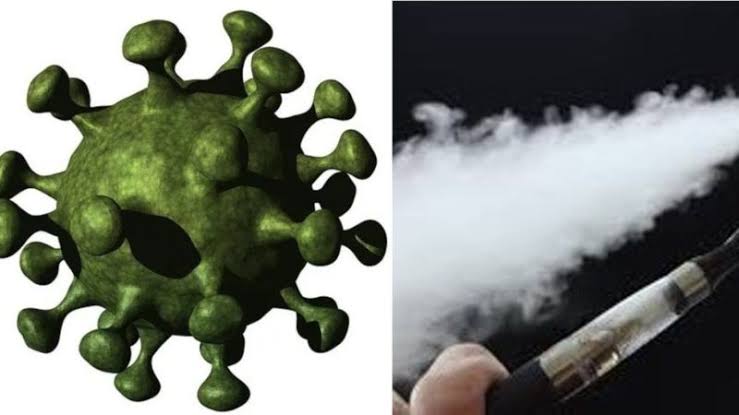Nigerians could be so dramatic at the advent of a new disease outbreak. Good mornings would suddenly be devoid of friendly handshakes, every unproductive street gatherings would suddenly have a new topic of discussion and hand sanitizers would suddenly become as handy as naira notes. Even the fake hand sanitizers would sell with propensities of high profit margins. If a disease is enough to insurrect and police such strict antiseptic and hygienic measures in the general populace, then its discussion becomes imperative.
MONKEY POX – WHAT IS IT?
What is this disease? How did it come about? Are the above Nigerian precautionary measures enough to prevent us from contacting this disease?
Monkey pox is a communicable disease caused by the Monkey Pox Virus (an Orthopox virus) which is characterized by fever, headache, muscle pain and numerous rashes. The Monkey Pox Virus can be transmitted from animal to man, or from man to man. Animals implicated in the former include but not necessarily limited to monkeys, chimpanzees, rats, squirrels and rabbits. For the later, a human must as a matter of fact be infected to be able to infect other humans.
The first recorded case of Monkey pox was in 1958, identified in a laboratory monkey kept for research purpose. In 1970, the first human case was identified in the town of Bansonkusu, Democratic Republic of Congo (DRC). Nigeria recorded its first case in 1971 together with Cote d’Ivoire. The first human infection outside Africa was documented in 2003 in the United States where 47 cases were reported. On September 22nd of 2017, an outbreak of the viral epidemic occurred in Bayelsa state, and has since manifested also in Rivers, Ekiti, Lagos, Ogun, Cross Rivers and Akwa Ibom state.
Transmission from human to human usually involves contact with bodily fluids from an infected person. These fluids would include Sweat, Urine, Blood, Semen and Saliva.
RISK FACTORS FOR ITS TRANSMISSION
Improper or poor handling of infected animals
Sharing a bed with an infected person
Sharing utensils with an infected person
Lack of general hygiene in areas with known cases of infection
PREVENTION
– Washing of hands regularly. This shouldn’t be the usual washing of hands that baby Junior does when his mum calls him from the mud to come eat morsels of garri. Hand sanitizers are not bad either.
– Proper handling of animals and their products. Wash your hands again properly with soap and rinse with flowing water.
– Quarantine every known infected persons and animals. Dead animals should be burnt and buried, not a free ticket to place 3 chicken drumsticks on a bowl of rice.
– Personal hygiene is much needed here.
– Health education is important too.
TREATMENT
There is currently no cure for Monkey pox. It is a self-limiting disease and symptoms would usually last from 2-3 weeks. Severe cases usually occur in children but is related to the degree of exposure. However, the vaccine for Small pox has been known to be about 85% effective in combating Monkey pox. But with the global eradication of Small pox, the vaccine is not available at the moment. Proper management, education and precautions is all that we have for now.





